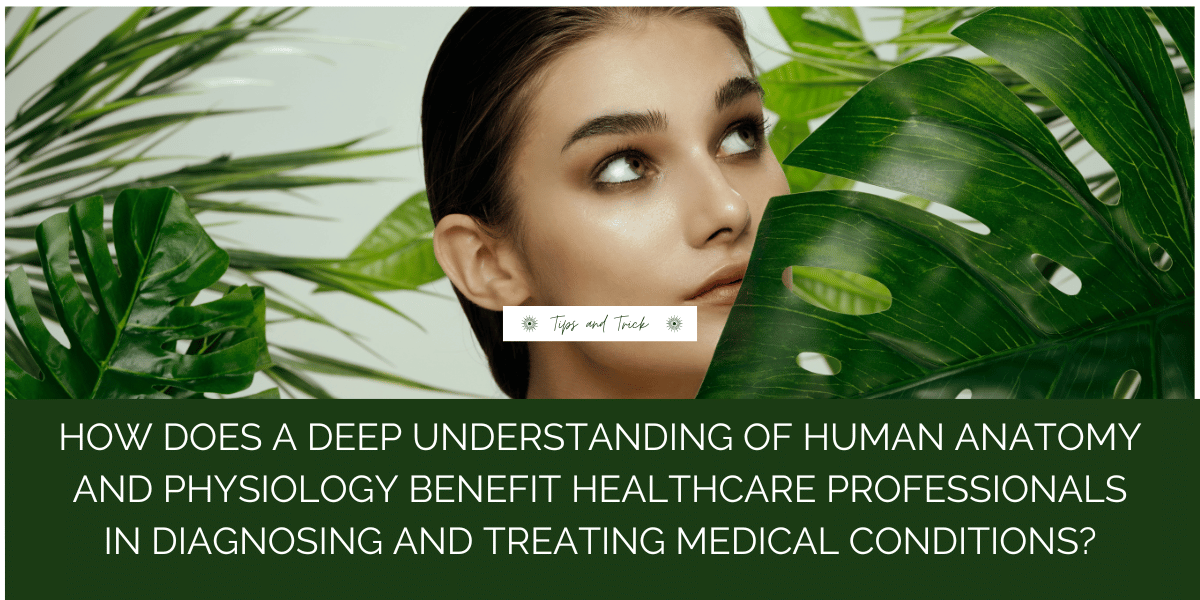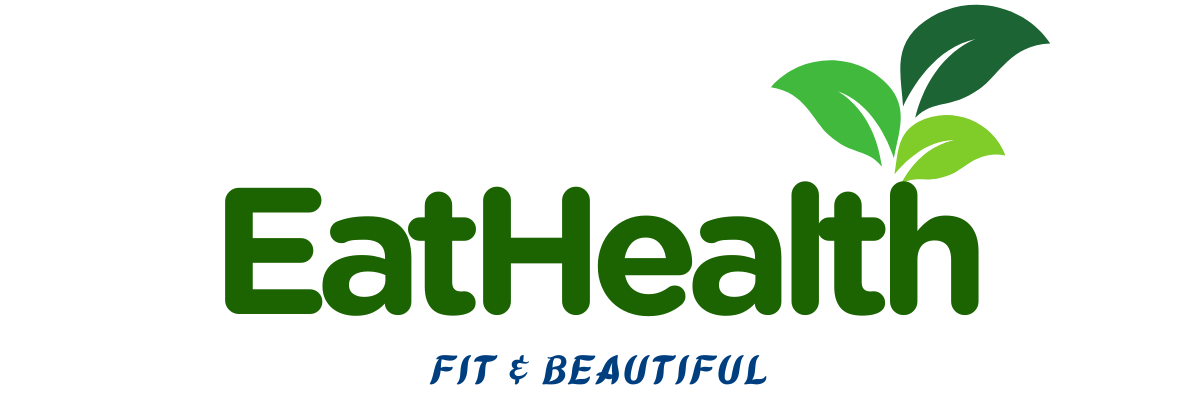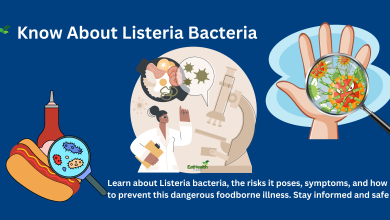How Does a Deep Understanding of Human Anatomy and Physiology Benefit Healthcare Professionals in Diagnosing and Treating Medical Conditions?
The Vital Role of Anatomy and Physiology Knowledge in Healthcare
In the intricate world of healthcare, knowledge is power. Healthcare professionals, including doctors, nurses, and specialists, rely on a deep understanding of human anatomy and physiology to excel in their roles. The study of how the human body functions, both structurally and functionally, is a foundational aspect of their training. In this blog post, we’ll explore how this profound knowledge of anatomy and physiology empowers healthcare professionals to diagnose and treat medical conditions effectively, ultimately enhancing patient care.

Precise Diagnosis Through Anatomy
- Localization of Symptoms: Understanding anatomy allows healthcare professionals to pinpoint the source of symptoms accurately. For example, knowledge of the cardiovascular system helps diagnose chest pain as a potential cardiac issue or a respiratory problem, guiding the diagnostic process.
- Identifying Abnormalities: An in-depth grasp of normal anatomy enables healthcare providers to recognize abnormalities. A radiologist, for instance, can spot tumors or fractures by comparing images to an understanding of typical anatomical structures.
- Guiding Diagnostic Tests: Knowledge of anatomy guides the selection of diagnostic tests. Physicians choose imaging or laboratory tests based on their understanding of which body structures are involved in a patient’s condition.
Effective Treatment Informed by Physiology
- Medication and Dosage: Understanding physiology is crucial for prescribing medications. A deep knowledge of how the body metabolizes drugs helps healthcare professionals determine the appropriate dosage and monitor their effects.
- Surgical Precision: Surgeons rely on a detailed understanding of anatomy and physiology to perform surgeries with precision. This knowledge helps them navigate delicate structures and minimize complications.
- Rehabilitation and Physical Therapy: Physiotherapists use their knowledge of muscle and joint physiology to design rehabilitation programs that target specific issues, promoting effective recovery.
Improved Patient Communication
- Clear Explanations: Healthcare professionals who understand anatomy and physiology can communicate complex medical information to patients in a more understandable manner. This fosters patient trust and engagement in their own care.
- Informed Decision-Making: Patients are more likely to make informed decisions about their treatment when healthcare providers explain the rationale behind diagnoses and treatment plans.
Research Advancements
- Medical Research: A deep understanding of anatomy and physiology is essential for medical researchers. It helps them design experiments, interpret results, and develop innovative treatments and therapies.
- Advancements in Healthcare: Groundbreaking discoveries in healthcare often stem from a comprehensive grasp of the human body’s intricate workings.
Conclusion
A profound understanding of human anatomy and physiology is the cornerstone of healthcare. It empowers healthcare professionals to provide accurate diagnoses, deliver effective treatments, and communicate clearly with patients. In the ever-evolving field of medicine, this knowledge is not just a requirement but a catalyst for progress. Healthcare professionals armed with a deep understanding of the human body’s complexities continue to push the boundaries of medical science, offering hope and healing to those in need.




